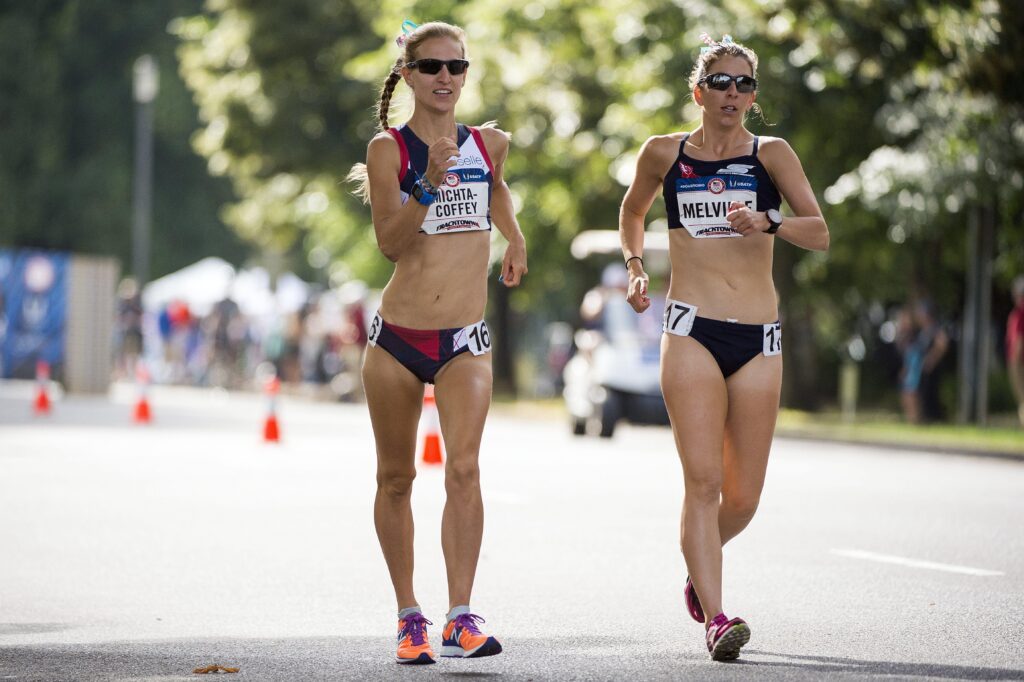Race walking is rapidly gaining momentum as the latest cardio craze, capturing the attention of fitness enthusiasts worldwide. Combining the endurance benefits of running with low-impact movement, this dynamic workout offers a refreshing alternative for those seeking effective cardiovascular exercise without the joint strain. In this article, we explore why race walking is poised to become the next big trend in women’s health and provide practical tips on how to get started with this accessible, full-body workout.
Why Race Walking Is Revolutionizing Cardio Workouts
Race walking is shaking up the fitness world by offering a dynamic, low-impact alternative to traditional cardio routines like running and cycling. Unlike jogging, race walking engages your entire body with a unique technique that requires one foot to be in contact with the ground at all times. This distinctive form not only minimizes joint strain but also intensifies calorie burn, making it ideal for people seeking to elevate their heart rate without risking injury. Additionally, its rhythmic movement promotes improved posture and core strength, while engaging muscles seldom activated in other cardio exercises.
What’s more, race walking is incredibly versatile and accessible-perfect for urban settings, parks, or even indoor tracks. Fitness experts highlight several key benefits:
- Enhanced cardiovascular endurance: Sustained pace walking boosts heart and lung capacity over time.
- Calorie efficiency: Race walking can torch up to 20% more calories than brisk walking.
- Joint-friendly: Reduced impact means fewer injuries, especially for those with knee or ankle concerns.
- Mental clarity: The focused technique encourages mindfulness, reducing stress during workouts.
| Workout Type | Approx. Calories Burned (30 min) | Injury Risk |
|---|---|---|
| Brisk Walking | 140 | Low |
| Running | 300 | Moderate |
| Race Walking | 240 | Very Low |
The Unique Health Benefits That Set Race Walking Apart
Race walking distinguishes itself from other cardio exercises by engaging muscles differently, promoting joint health, and offering a low-impact alternative that doesn’t sacrifice intensity. Unlike running, race walking keeps at least one foot in contact with the ground at all times, dramatically reducing the pounding on knees and hips. This unique technique strengthens the hip flexors and core, improving posture and stability while sculpting lean muscle along the legs and glutes. Moreover, its rhythmic, controlled motion prompts a steady cardiovascular workout that’s both challenging and sustainable for people of varying fitness levels.
Beyond its physical perks, race walking also boasts cognitive and metabolic benefits that set it apart. The concentration required to maintain form enhances mental focus, while the brisk pace stimulates the metabolism without overwhelming the body’s recovery mechanisms. Here’s how race walking stacks up against other popular cardio workouts in key health markers:
| Benefit | Race Walking | Running | Cycling |
|---|---|---|---|
| Joint Impact | Low | High | Low |
| Muscle Engagement | Full Lower Body + Core | Primarily Legs | Legs + Endurance |
| Cognitive Focus | High | Moderate | Low |
| Metabolic Boost | Moderate | High | Moderate |
- Perfect for injury prevention and rehabilitation
- Improves balance through coordinated movement
- Suits all age groups and experience levels
- Offers a refreshing alternative to monotonous cardio
Expert Tips to Get Started With Race Walking Today
Starting race walking doesn’t require fancy equipment or a gym membership, but mastering its unique technique is essential for both safety and effectiveness. Focus first on perfecting your form: keep one foot on the ground at all times, lock your supporting leg straight from the moment of contact until it passes under your body, and maintain an upright posture with relaxed shoulders. It might feel unusual at first, but practicing in front of a mirror or recording yourself can help fine-tune your style. Remember, consistency and patience are your best allies; even short, daily sessions of 15-20 minutes can build endurance and improve cardiovascular fitness quickly.
To get off on the right foot, consider these practical starter tips:
- Wear supportive shoes designed for walking; they provide cushioning without sacrificing stability.
- Start on flat, smooth surfaces like tracks, paved parks, or sidewalks to maintain balance while you learn.
- Incorporate dynamic warm-ups such as leg swings and hip openers to prepare muscles and reduce injury risk.
- Use a pace meter or app to monitor your speed, ensuring you stay within race walking rules.
| Skill | Tip | Benefit |
|---|---|---|
| Posture | Keep torso upright and head high | Improves breathing and efficiency |
| Stride | Shorten stride for control | Maintains legal technique and balance |
| Arm Movement | Keep arms bent at 90°, swing naturally | Boosts momentum and rhythm |
The Way Forward
As interest in diverse fitness routines continues to grow, race walking is emerging as a compelling choice for those seeking an effective, low-impact cardio workout. Combining endurance, technique, and accessibility, it offers a fresh alternative to traditional running and gym sessions. Whether you’re a beginner or a seasoned athlete, incorporating race walking into your exercise regimen could deliver substantial health benefits and keep your cardio routine engaging. With the right guidance and commitment, this underrated sport may soon become the next big trend in women’s fitness.





